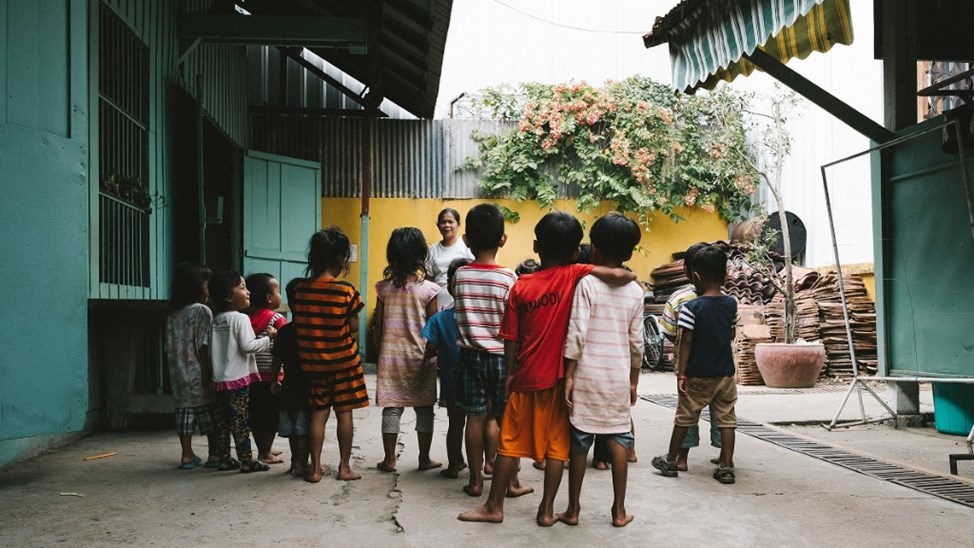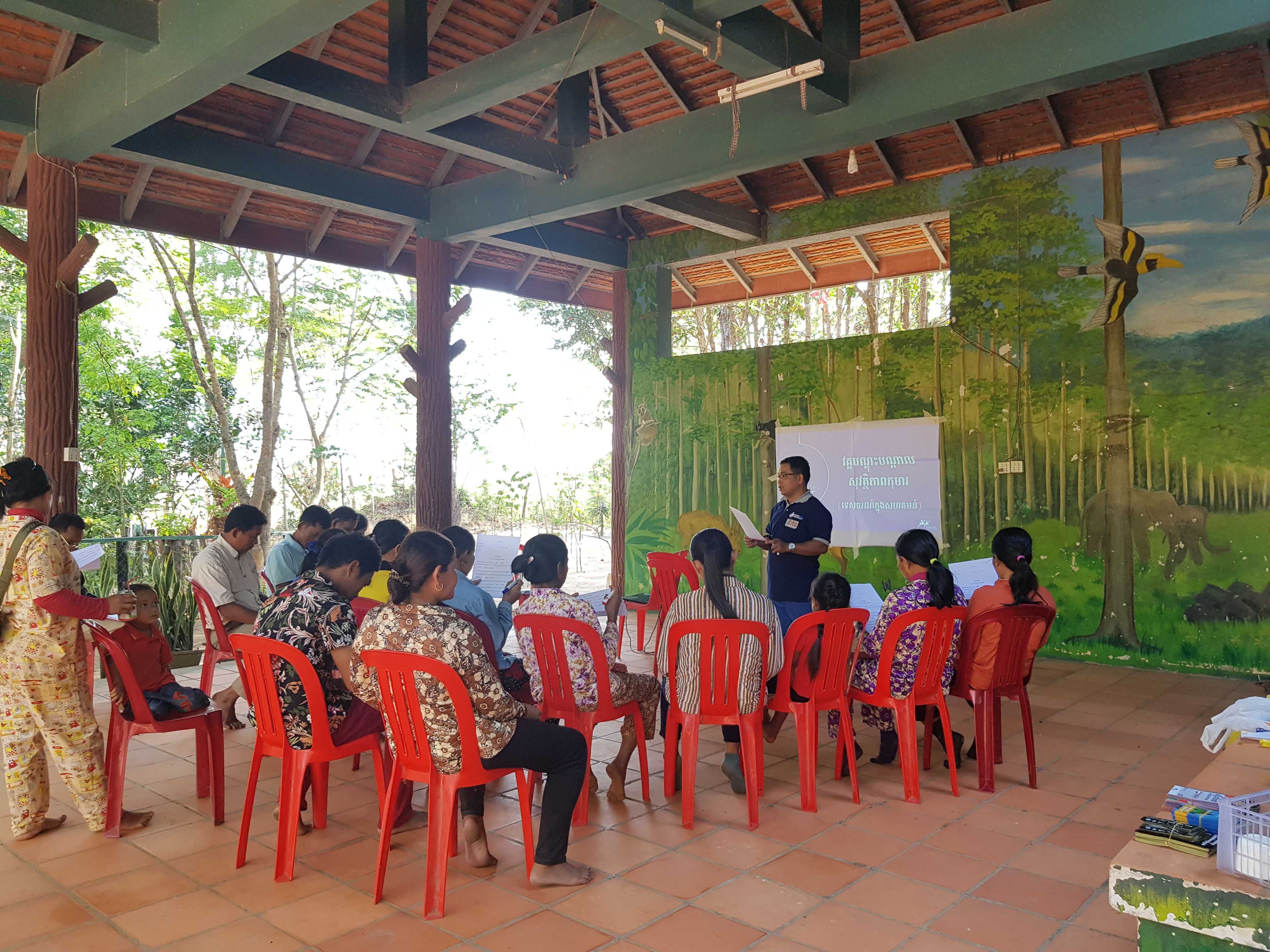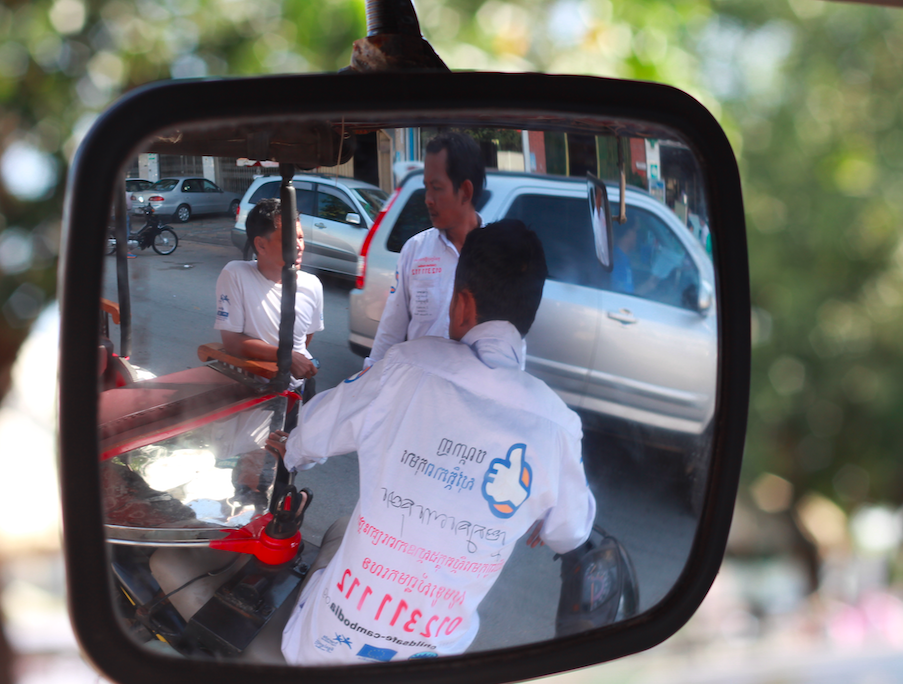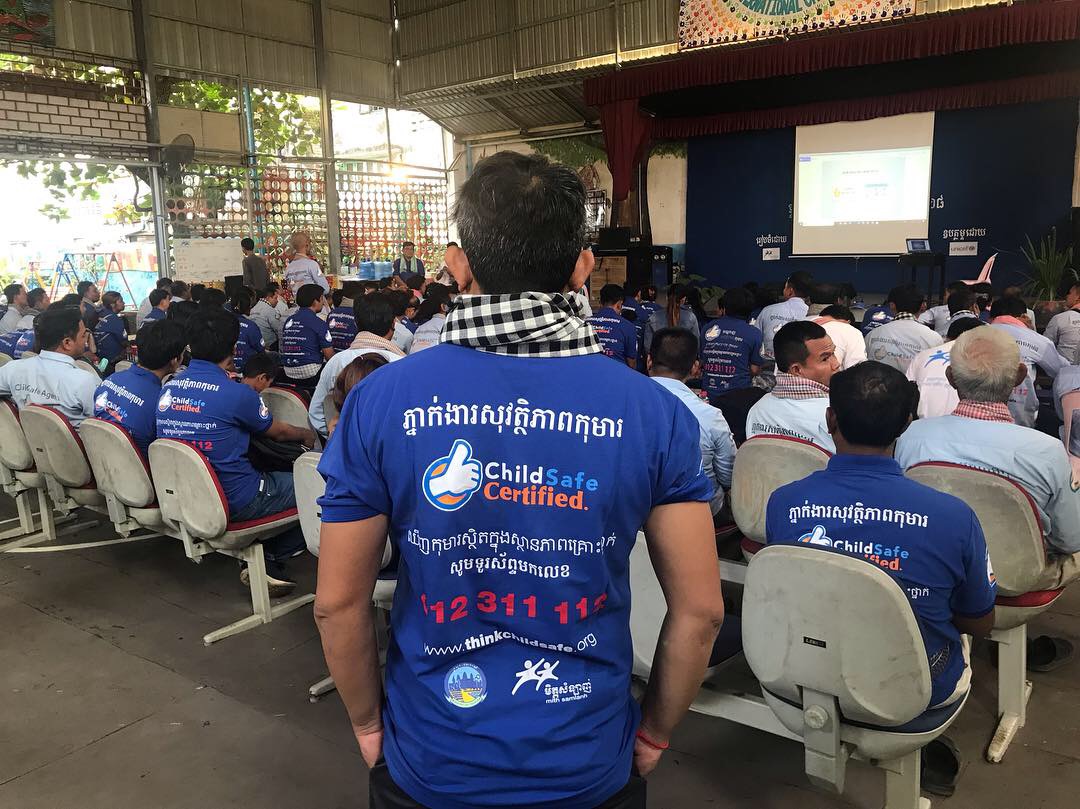Whether you meet them on the Phnom Penh riverside or at the vendor stalls of Angkor Park, child beggars are an almost unavoidable feature of tourism in Cambodia.
But they’re not only found in this Kingdom – and they make up just one contingent of a far broader field of exploitation and abuse of children. Southeast Asia has long been a hub for tourists, some of which have directly contributed to the darkest forms of child abuse. Faced with heinous crimes such as rape and trafficking, the region’s social workers have responded by focusing community-based efforts on the international travel sector.
Child welfare groups in Cambodia say these kinds of initiatives had won precious ground by encouraging both tourists and local people to do more to protect children. But a recent influx of travellers from China – and a new crowd of transient businesses to cater to them – have forced welfare advocates to retool their approach for fear of losing the communities they’d worked for years to create.
“We’ve had ChildSafe businesses that have stopped participation because they’ve been bought out by new Chinese owners”
ChildSafe programme organiser Renay Farrell
Renay Farrell and Vann Khemreth are trying to tackle these issues with a focus-group-tested approach. The two are programme organisers with ChildSafe, an initiative founded in 2005 under the umbrella of Friends International (FI), a Phnom Penh-based non-governmental organisation that provides a wide array of social services to families and individuals.
Since then, ChildSafe has taken root in several countries from Myanmar to the Philippines, with early work starting to launch in South Africa. Although it has full-time staff like Farrell and Khemreth, who goes by the name Tito, ChildSafe is mainly an unpaid coalition of community residents, businesses and institutions that operate both within the government and beyond it, all gathered for the mission of protecting at-risk children. Farrell said the program was launched in 2005 when FI “realised social workers couldn’t be everywhere” they were needed.
“ChildSafe is about empowering everyone, no matter who you are in society, to protect children from abuse and exploitation,” she explained.

The group’s organisers provide training and resources to coalition members to build up best practices when looking out for the safety of children in their communities. The programme maintains a hotline to field calls from concerned spotters looking to report shady activity – which hotline operators can then pass along to local authorities – and certifies businesses for doing their part to promote child welfare.
Social workers with the project have also developed campaigns across its service area such as a “Seven tips for Travellers” pamphlet highlighting key issues in child exploitation and abuse. The document has been translated into nine different languages and is made available in Cambodia at the Kingdom’s international airports to make sure tourists can find it before encountering actual children.
The ChildSafe team has strong relationships with law enforcement, but their network really draws its strength on the buy-in from everyday people on all walks of life, from tuk-tuk drivers to hotel owners, putting in the work to look after children.
But tourism habits are changing in Cambodia, and a shifting dynamic could undo the progress the network has achieved. While the tourist base of the past was fairly diverse and included large numbers from Vietnam, Korea and Europe, the groups of travellers coming to Cambodia are increasingly made up of Chinese guests with different travel habits that have challenged the existing ChildSafe network. And though many of these travellers may share those same norms about child welfare, the companies that serve them aren’t always on the same page.
“We’ve had ChildSafe businesses that have stopped [participation] because they’ve been bought out by new Chinese owners,” Farrell said.
Though Chinese investment has reimagined the skylines of Cambodian cities, it’s also created ripples of displacement for local people.
In Sihanoukville, Cambodia’s seaside resort town now undergoing a roughshod campaign of redevelopment as a Chinese-led gambling hub, youth welfare coordinator Maggie Eno bemoans the unravelling of the local web of ChildSafe businesses and volunteers. She says her team is “heartbroken” about the erosion of community ties.
“Over the last ten to 15 years, we’ve built together a really safe, protective environment with children,” she said. That project included collaborating directly with everyone, she said: tuk-tuk drivers, guesthouse and restaurant staff, people working on the beach selling fruits and doing pedicures, all were invited to join the network. Once they were in, Eno said, her organisation would teach them basic child protection lessons, such as how to identify kids in bad situations and then help directly or call in to the hotline.
“So about 15 years ago, international sex offenders could come here, meet a child on the street, and go on to abuse them,” Eno said. “With the help of the network, you couldn’t do that anymore. We had so many eyes on the ground, all Cambodian, all looking out for kids.”

But with the influx of Chinese development and the large-scale replacement of Cambodian and non-Chinese foreigner businesses, the network faded under the glare of casino lights.
While representatives from Sihanoukville-based non-profit M’lop Tapang have made overtures to the new residents, many of whom are only short-term or come and go sporadically, and business owners to join the ChildSafe network, they’ve found a weak reception so far.
Eno puts it bluntly.
“They’re not interested,” she said. “They’re here to make money and they don’t even know what child rights are. Child protection and being part of a community network is alien to them, they don’t have it, they’ve never heard of it and they don’t have time.”
Not only has the new mentality weakened the existing network, the new dynamic has added new problems for child welfare groups to solve. Eno said young children have been dropping out of school to work in Chinese casinos, partly to make up for lost family income after their parents have been pushed out of their traditional jobs by the wave of newcomers.
The FI organisers in Phnom Penh highlight similar issues, but their tone is more optimistic.
Tito looks at this as a matter of adaptation, a process that takes some time to develop. He says the transition to a more Chinese-represented tourism market has taken place over a few years, with the most abrupt changes coming over just the last one or two.
“It’s still such a new issue,” he says. “We’re still trying to understand it, and it’s difficult for law enforcement too because they also don’t necessarily understand it either.”
While the coastal city of Sihanoukville has attracted the most Chinese attention as a gambling hub in the making, the tourism trend holds up across Cambodia. The two FI organisers said it’s especially prevalent in Phnom Penh and Siem Reap, both hotspots for tourism and new development. The pair have now been tasked with finding ways to make their message more relevant to Chinese tourists and businesses alike, and have been working with focus groups to see which tips and practices resonate best.

There are some built-in challenges to that, the first of which might be the language gap between their participating organisations and the newcomers. While English has long been the international language here, many of the Chinese people who arrive in Cambodia speak only Mandarin, or less frequently Cantonese. FI and other welfare groups are building their Mandarin language capacity, but have yet to be able to meet the need.
There’s also a different style to Chinese tourism that Farrell describes as more “regimented” than the habits of other groups. These new tourists tend to book trips in China, stay in Chinese-owned hotels, travel on Chinese-owned buses and and eat in Chinese restaurants. Though other international tourists may do bookings in their native countries, they tend to patronise a more diverse array of local businesses, including those owned by local people.
The preference of Chinese tourists to stick to the familiar also manifests in discriminatory practices in their host countries. Many Chinese-owned casinos will keep out non-Chinese guests, and some restaurants and clubs have built resentment by excluding local Cambodian people.
These practices do little to endear the newcomers to others, and they also drop a curtain that hides the practices within. With little transparency, says Tito, it’s impossible to say what exactly is going on inside these places, some of which are keen to use child labour.
“We need to get these businesses committed, because they’re the ones connecting Chinese tourists to the Cambodians,” he said.
This article has been researched and written in partnership with Friends International. Read more stories at here.



